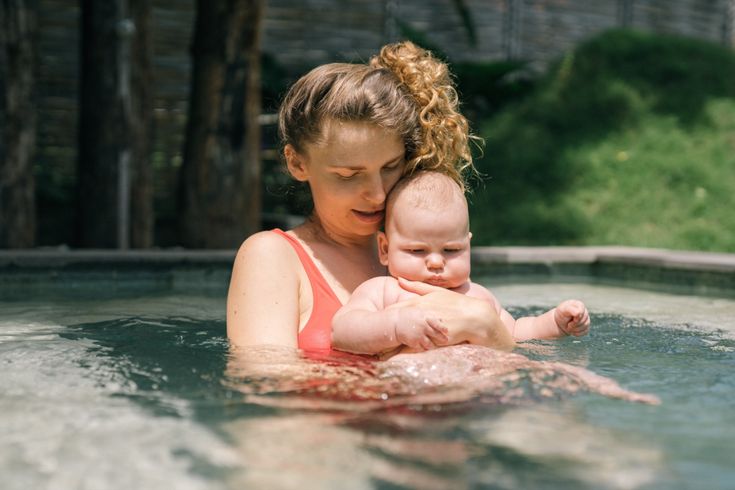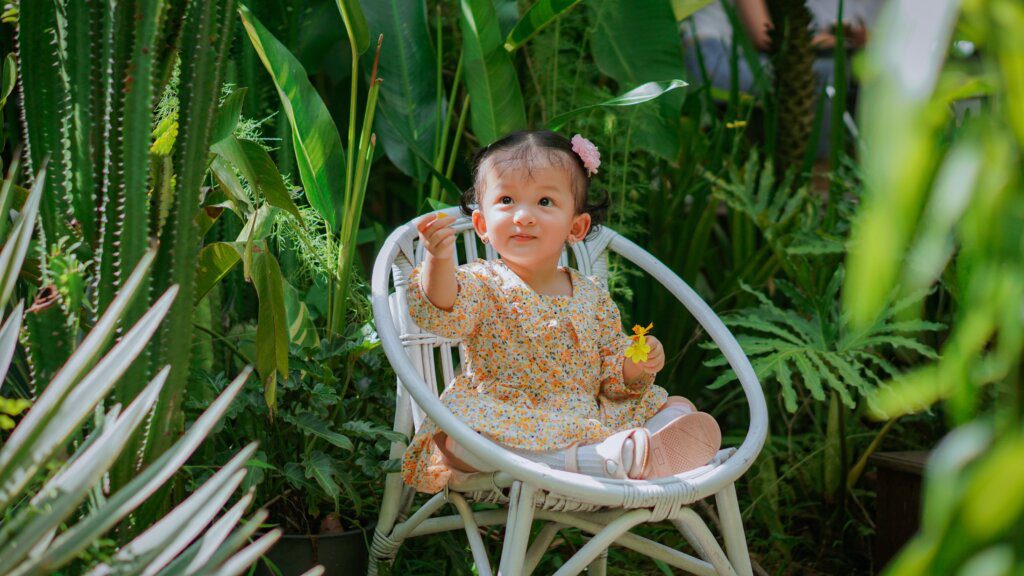It is pretty common nowadays – even for kids to struggle with BIG emotions like anxiety.
Right?
But sometimes, kids and teens don’t realize when they’re feeling anxious. Instead, they might think that something is WRONG with them.
So, it is really important for you to talk to your children about anxiety, just like you talk to them about happiness, sadness, and excitement.
Explaining these COMPLEX EMOTIONS to your child can sometimes leave you scratching your head.
You might wonder, “How to explain anxiety to a child?”
Fret not!
In this blog post, we’re going to show you some simple steps that help you explain anxiety.
So, don’t wait any longer – let’s break it down for your child in an easy way.


What Is Anxiety?
Anxiety is a common emotion that we all ENCOUNTER occasionally. It serves as a little alarm in our brains that helps us stay safe.
When we face a challenging situation, like a test or a job interview, anxiety can give us EXTRA ENERGY and FOCUS to do our best.
But sometimes, anxiety can become a problem.
It becomes an alarm that goes off too often or too loudly, even when there’s no real danger, making life tough.
People with anxiety might feel worried or nervous all the time, even about small things. They might have physical symptoms, too, like a racing heart or sweaty palms.
But the good news is anxiety can be managed.
People can learn ways to CALM their anxious thoughts and feelings, like through therapy, relaxation techniques, or medication.
How to Explain Anxiety to a Child?
Explaining anxiety to children can be a challenging yet meaningful conversation.
It is a natural emotion for every being, but for children, it can be particularly confusing and overwhelming.
Therefore, it is essential to talk with your child appropriately.
Let’s discuss in detail how you can simply explain these complex emotions to your child.
Use Simple Language and Age-Appropriate Terms
When discussing anxiety with a child, it’s ESSENTIAL to use words and phrases that match their understanding.
While explaining these emotions to a young friend – you wouldn’t use big or complicated words, right?
Instead of saying “anxiety,” you might say “worried feelings” or “nervous thoughts.”
Break down the concept into smaller, simpler parts.
For instance:
You could say, “Sometimes, our minds start thinking about things that make us feel uneasy or scared.”
By using familiar words, you’re helping them grasp the idea without overwhelming them.
Validate Their Feelings
Children need to know that their feelings are valid and normal.
When they express worries or nervousness, acknowledge their emotions.
You can say, “It’s okay to feel this way sometimes. Everyone feels worried or nervous about different things.”
Let them know that what they’re experiencing is a common part of being human.
By validating their feelings, you’re creating a SUPPORTIVE environment where they feel COMFORTABLE sharing their emotions with you.
NOTE: Sometimes, parents also feel anxious and don’t know how to overcome their anxiety. If you are worrying just because your grown child is about to leave your place, must read this article, “How Do I Let Go of My Grown Child? 7 Easy Ways!“


Describe Physical Symptoms
Anxiety often comes with physical sensations or feelings that can be uncomfortable or strange.
These sensations are your body’s way of reacting to the feeling of being anxious or worried.
It’s essential to let the child know that these sensations are normal and that many people experience them from time to time.
Explain to the child that sometimes, when we’re anxious or worried, our heart can beat faster.
Also, don’t forget to mention other physical symptoms that come with anxiety, like sweating, tense muscles, etc.
Provide Concrete Examples
Concrete examples can make abstract concepts, like anxiety, much easier for children to understand.
Share relevant scenarios they can relate to.
You could say, “Remember when you had to start a new activity, like riding a bike? You might have felt a little nervous because it was something new. That’s a bit like anxiety – when we feel unsure about something.”
Such real-life examples help children CONNECT THE DOTS between their experiences and the concept of anxiety.
By making it concrete, you’re helping them see they’re not alone in feeling this way.
Encourage Open Communication
Conversing with your child about anxiety is like being a united team, where you are a close companion working together.
It’s essential to be open and honest, just like when you talk about your day.
You can even share times when you felt anxious so they know it’s okay to feel that way sometimes.
Ask them about their worries, like what makes them nervous or scared.
But listening without any interruption is vital – they might not have all the answers, and that’s perfectly alright.
Remember, your support is like a SAFETY NET, making them feel secure.
When they’re anxious, reassure them that their feelings are valid, and it’s okay to feel that way.
By creating this open and accepting atmosphere, you’re building trust and showing them you’re there no matter what.


How to Treat Anxiety in Children?
Treating anxiety in children involves a combination of strategies to help them manage their feelings and build strength.
Just like when we take care of ourselves when we’re not feeling well, there are steps we can take to help children feel better when they’re anxious.
These include:
Talking to a Therapist
A helpful approach is talking to a therapist or counselor.
These are friendly adults TRAINED to help children understand and cope with their anxious feelings.
They use fun activities and games to discuss worries and find ways to handle them.


Healthy Habits
Just like eating fruits and vegetables keeps our bodies strong, certain habits can also help our minds feel better.
- Regular exercise
- Playing outside, or
- Dancing
Can be helpful in case of anxiety.
Getting enough sleep and eating well-balanced meals can also make a big difference.
So, just help them to learn some healthy habits so that they can feel better both physically and mentally.
Teach Coping Strategies
Just like we have ways to fix a toy or build something, there are ways to ease worries.
You have to teach your kids that way so that they can easily deal with anxiety.
Don’t know any coping strategies?
Let me tell you some:
- One helpful tool is taking slow and deep breaths. You can show your anxious child how inhaling deeply through the nose and exhaling slowly through the mouth can help calm their mind.
- Another tool is finding a quiet place to take a break when they’re feeling overwhelmed. It’s like pressing a pause button on worries.
- Another strategy is using positive thoughts. When they start to feel anxious, they can remind themselves of things they enjoy or are good at. This can push away the worried thoughts.
By teaching coping strategies and creating a space for open communication, you give your child the skills and confidence to face anxiety head-on.
Spend Time with Family
Families are like cozy blankets – they provide WARMTH and COMFORT.
Spending quality time together, talking about feelings, and doing fun activities can help children feel secure and loved.
Knowing they have people who care about them helps reduce anxiety.


That’s all for today. Now, let’s wrap things up.
Conclusion
Now, you know how to explain anxiety to a child. Simple, isn’t it?
It’s crucial to talk to your kids about anxiety, just like you talk about happiness or sadness.
Tell them that anxiety is a normal feeling that everyone experiences sometimes.
It’s like a little alarm in our brains that helps us stay safe. But sometimes, this alarm can go off too often, even when there’s no real danger.
That can make life tough.
The good news is that anxiety can be managed.
People can learn ways to calm their anxious thoughts and feelings.
I hope you find this post helpful. If you have any other questions regarding this topic, please don’t hesitate to mention them in the comment section below.
Regards,


